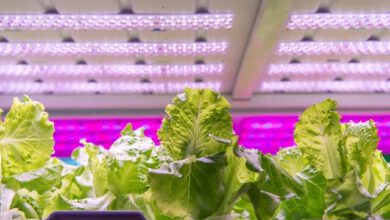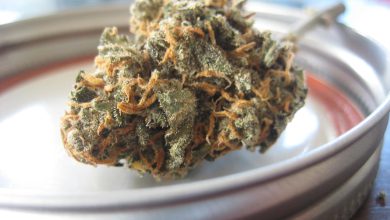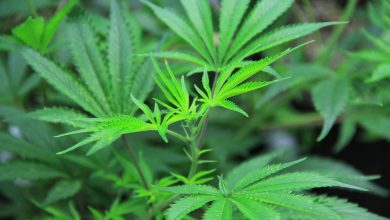Nutrition for Medical Cannabis Optimal Growth
By designing a proper fertilization program, it is possible to influence the concentration of active materials
Adi Nave adin@gatfertilizers.com agronomist at Deshen Gat
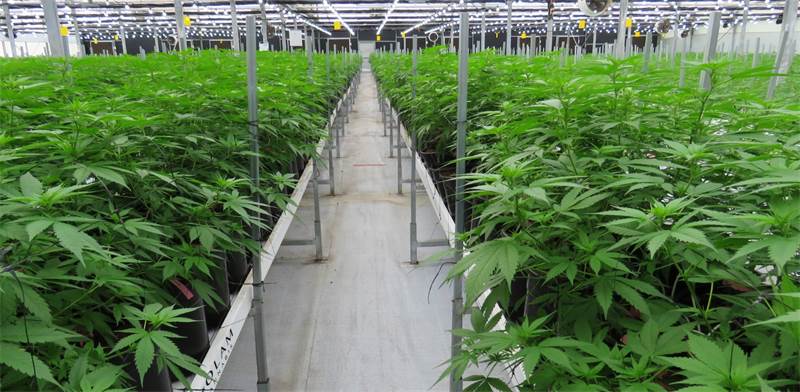
cannabis is an annual plant, dioecious, from the cannabaceae family, belonging to the c3 class. it originated from the himalayas and southern asia, as there is evidence throughout history of medical uses of the plant more than 5,000 years ago in china and ancient egypt.
the plant’s fibers, seeds and oil (hemp – industrial cannabis) serves as an agricultural crop, for manufacture of a broad variety of products in various industries such as paper, plastic, fuel, construction, textile, cosmetics, food and nutrients.
the cannabis plant has unique medical properties serving as treatment for symptoms of different diseases like cancer, parkinson’s, chronic pain, inflammatory diseases, alzheimer, multiple sclerosis, crohn’s, aids, and in exceptional cases also for post-traumatic stress, turret’s, epilepsy, etc.
medical cannabis is extracted from parts of the plant designated for healing, whereby their medical quality is ascertained by the method of cultivation, preservation of high percentages of active ingredients, improved varieties and adaptation to treatment of various diseases and symptoms, under security and quality control.
the plant contains hundreds of active ingredients – cannabinoids, flavonoids, and terpenoids. the human body has receptors for cannabinoids that react to them. the two main cannabinoids are thc – the primary psychoactive material that relieves pain, soothes, tires, stimulates appetite and reduces nausea. cbd – antipsychotic material with a broader and more effective medical potential for treating peripheral sensations, balancing effects (as in epilepsy) and muscular tension.
different varieties of cannabis contain different percentages and ratios of active ingredients, and thus influence various diseases and symptoms differently.
cannabis has three main varieties from which a wide spectrum of hybrid cultivars can be created, which differ from each other in psychoactive effect.
cannabis sativa is characterized by a long stem, narrow build and small, more serrated leaves (as compared to cannabis indica); it contains a relatively high amount of thc.
cannabis indica – originated in india, shorter than c. sativa, and its leaves are wider and less serrated. pharmacologically, it contains a higher proportion of cbd to thc than c. sativa, and has a calming, bodily effect on the user compared to the driving influence of c. sativa.
cannabis hybrid – a type of cross between c. sativa and c. indica. currently, most widely used varieties for medical purposes are a combination of a particular ratio of sativa and indica. thus it’s possible to combine characteristics of different varieties and to adapt them to different needs.
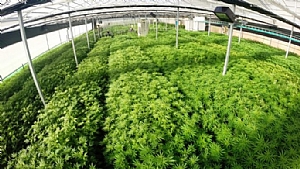
israel is seen as the global leader in the r & d area of medical cannabis in particular, and in agriculture generally. israel’s potential for growing derives from knowledge and cumulative experience in cannabis research and greenhouse cultivation. the length of the growing season is between 120-150 days, in the following stages: rooting cuttings, vegetative growth, blooming until harvest. in order to reach maximal yield and quality from the plant, optimal growing conditions must be carefully maintained:
* controlled irrigation and fertilization * appropriate computer controlled growing platform, using soil solution extractor for salinity monitoring * controlled lighting * ventilation * temperature and humidity control * ph control * monitoring saline conductivity ec * potassium testing * monitoring drip water and drainage regularly and frequently.
fertilizer is one of the most important factors in the cultivation process, and is necessary for creating a strong, stable plant infrastructure to form quality blooms with a high concentration of the active ingredients (thc, cbd). by designing a proper fertilization program, it is possible to influence the concentration of active materials.
gat fertilizers specializes and has long experience in producing and combining a fertilizer solution with different npk ratios appropriate for cultivating cannabis, according to the its growth stages and the plant’s needs, in addition to close and reliable professional agronomist’s guidance.
gat fertilizers accompanies and cooperates with the leading international companies in the area of medical cannabis. when growing medical cannabis, we recommend fertilizing with non-chlorine solutions, in different npk ratios – “shafir”, “or” with added “microgat” (micro elements solution).
similarly, we recommend adding to the fertilizer solution bio-stimulants – “atzot gat 30″(sea weed) , “biohumigat” (humic acid) , and the additive “blue” (nitrification inhibitor).
these additives will provide the plant with health, strength, resistance to stress conditions and diseases, and in addition will spur growth by increasing efficiency of element absorption, to reach a large, quality yield.
gat fertilizers believes that by means of the interface of proper cultivation, it will be possible to create an agriculture start-up and turn israel into a brand-name for medical cannabis, and doing so will constitute a significant advance toward stabilizing israeli agriculture.
fertilizing instructions are only a recommendation.
deshen gat’s staff of agronomists is prepared at all times to provide responses and professional accompaniment.

